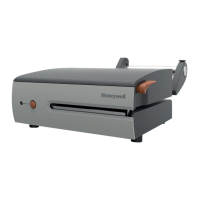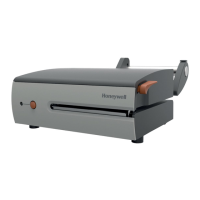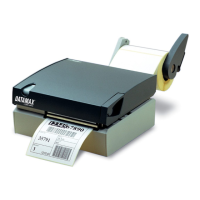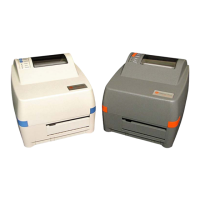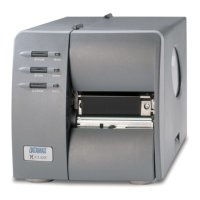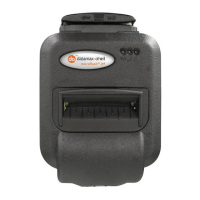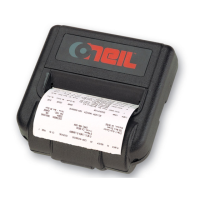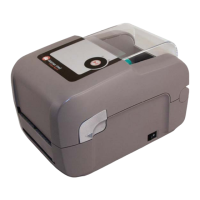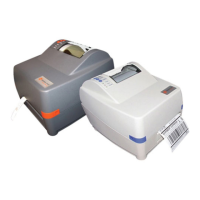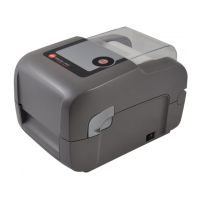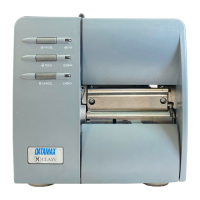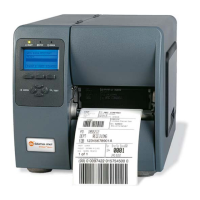PROGRAMMER’S REFERENCE MANUAL
Appendix B, Binary Intelhex Records
Page 67
Appendix B: Binary Intelhex Records
The binary intelhex records were designed to improve download speed of graphics data to
the printers. The format is supported by MkII, Compact and Nova series of printers.
A binary record (line) has the following structure:
; L AA D... C
The record is ended with <CR> or <CR/LF>.
Each upper case character represents one data byte.
L number of data bytes in the record (can be up to 128)
AA load address (offset)
D... up to 128 data bytes
C two's complement of the sum of the length, address, and data bytes
L, A, D, and C are binary data. However, data bytes below 20 hex must be transformed to
non-control characters by shift control characters so that the resulting data is always between
20 hex and FF hex except for the control characters below.
SI sets control character mode. The following bytes will be masked to 5 bits. SI
remains in effect up to the end of the record.
SO clears control character mode
DLE toggles the control character mode, for one byte only.
Binary Intelhex Records do not have transfer type descriptors, type is always data. There is
no start, end or segment records.
Control Characters
SO 0E(hex)
SI 0F(hex)
DLE 10(hex)
Limitations
MkII series does not support long lines of data, max number of characters per line should
not exceed 80.
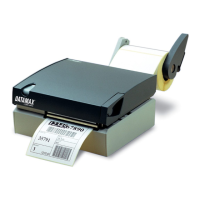
